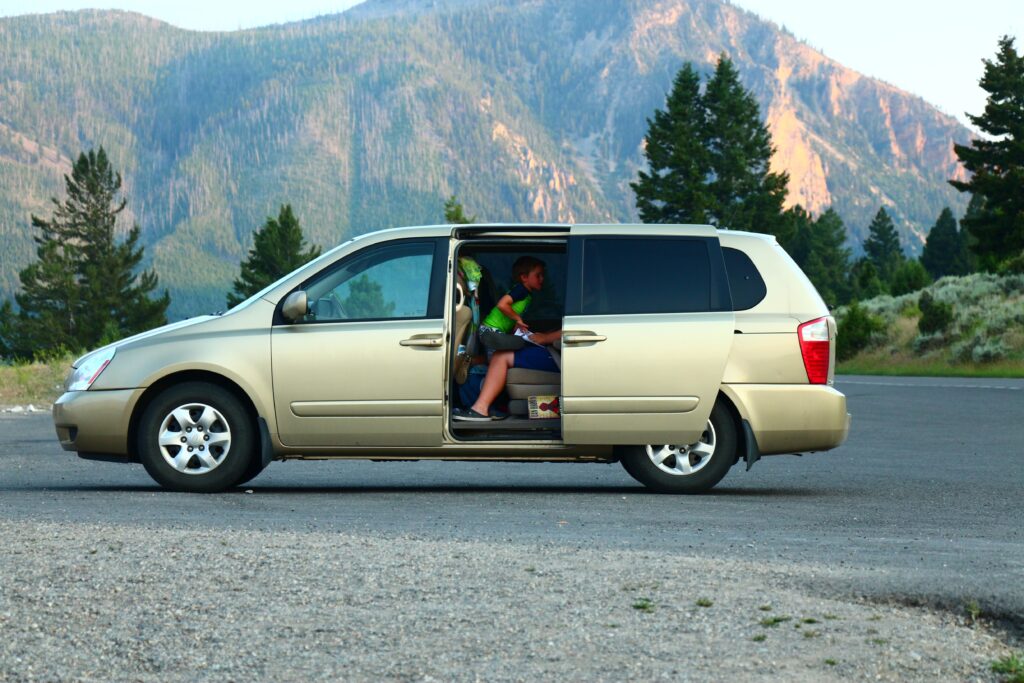
There is a steady increase in environmental issues in the curriculum every year. The environment is important and we must take care of it, thus teaching about it to students that will one day take care of the world is a necessity.
But whenever I learned about it or taught it, I found it to be more of a “social studies” subject and not a science. There’s a lot of descriptions, definitions of concepts, discussions of alternatives, debates. It never felt like a real “science”, with numbers, predictions, experiments, etc. I know that this is not the case. I know that environmental sciences are very much scientifically based and hard core, with lots of experiments and empirical data supporting phenomena, but the way the curriculum has the “environment” presented wasn’t at all interesting to me thus far (since I’m one of those science geeks).
The other day my husband asked me: “If I burn a tonne of fuel, how much carbon dioxide is produced?” He wanted to know for his work. Someone was working on some calculations to do with the railroad and production of CO2. Now that governments calculate the CO2 (green house gases) production rates, this is an important question even for non chemists, non environmentalist scientists.
This question: “If I burn a tonne of fuel, how much carbon dioxide is produced?” is a standard stoichiometry question in gr. 10/11 science / chemistry. Of course the type of fuel has to be specified, but I think I’ve asked my students this questions hundreds of times. But it never dawned on me the implications of it.
I think instead of just doing a research project on environment, a good chemistry project could be “To calculate how many kilograms of carbon dioxide are produced by going on a day trip in the car, using up a whole tank of gas.” This not only gets the students to do research (for instance what is the type of fuel in a car, what is the formula, what is it’s density, how much gas does a standard tank hold), but also it gets the students to understand that their actions have consequences in terms of the environment.
I never thought that my trip to the mountains really damages the environment. But now with actual numbers, and that’s numbers that I understand, I can see that my car ride impacts the environment significantly. If we get our students to understand that each person’s actions make real damage to the environment, maybe they’ll start thinking how they use energy. But I think real calculations are a key to this understanding, this mind opening experience.
Here is a sample scenerio – question for a project and a possible solution.
How many kilograms of carbon dioxide are produced by a car trip that uses 50L of fuel (ethanol)?
1. First we have to look up the formula for ethanol… C2H5OH
2. Then we write the balanced equation for the combustion of ethanol: C2H5OH + 3 O2 –> 2 CO2 + 3 H2O
3. We need to find the density of ethanol to convert 50L into grams: m = 50L x 0.789g/mL = 50 000mL x 0.789g/mL = 39 450g
4. With the mass of ethanol, and calculating its molar mass (46g/mol) we can figure out how many moles of ethanol there are in 50L of ethanol. n = 39450g / 46g = 858mol
5. Then we use our balanced equation to figure out the number of moles of carbon dioxide formed. ratio of ethanol to carbon dioxide is : 1 to 2 therefore number of carbon dioxide produced would be 858mol x 2 = 1715mol 6. This we can convert to the mass of carbon dioxide using its molar mass (44g/mol) m = 1715mol x 44g/mol = 75460g = 75.46kg of carbon dioxide
Now this you can start understanding… a pregnant lady weighs 75kg. So only one car trip would give off as much carbon dioxide as a mass of a pregnant lady. You could even continue and change that number to litres, with carbon dioxide’s density in air: 75460g / 0.00184212 g/mL = 41 434 219mL = 41 434L. This might be even more demonstrative of the amount of CO2 produced. 41 000L is very visual – I usually think of L in terms of L of water, or 2L pop bottles, or milk jugs… whatever works for the particular student.
On top of that, one could ask how much oxygen was used to burn that fuel? How many tree needed to work simultaneously to produce that oxygen? Get the kids thinking – but in terms of real numbers – then they can use their chem skills to real use.
This would be the type of project I would like to see in Chemistry class.

